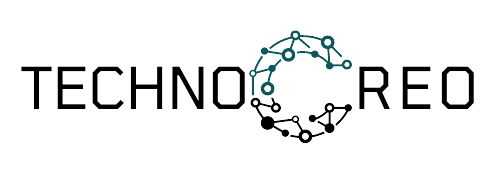Our Game Development Process
At Technocreo Private Limited, we specialize in crafting innovative and captivating games by combining creativity, technical expertise, and a deep understanding of player engagement. Our structured and collaborative game development process ensures your vision evolves into an exceptional gaming experience.
1. Ideation and Game Conceptualization
Every great game begins with a bold idea. In this phase, we work closely with you to shape your concept, identifying key elements such as storyline, gameplay mechanics, target audience, and objectives. This step provides a strong foundation for the project, ensuring alignment with your goals.
Tools Used: Mind mapping tools (e.g., Miro, MindMeister) and storyboarding software (e.g., Canva, Adobe XD) are leveraged to organize ideas and create a clear development plan.
2. Game Design
This is where the core structure of your game takes shape. Our team develops detailed wireframes, gameplay mechanics, and user interface designs to ensure intuitive navigation and engaging user experiences. A comprehensive Game Design Document (GDD) is created, outlining every aspect of the game.
Why It Matters: A well-thought-out design lays the groundwork for a seamless and enjoyable gaming experience, helping your game stand out in a competitive market.
Tools Used: Figma and Sketch for UI/UX design, Unity for early prototyping.
3. 3D Modeling
Every great game begins with a bold idea. In this phase, we work closely with you to shape your concept, identifying key elements such as storyline, gameplay mechanics, target audience, and objectives. This step provides a strong foundation for the project, ensuring alignment with your goals.
The Role of Concept Art: Concept art serves as the visual blueprint, helping developers and artists stay true to the original vision. It bridges the gap between ideation and detailed modeling, ensuring consistency in design.
Tools Used: Blender, Zbrush and Maya for 3D modeling, Adobe Photoshop and Procreate for concept art.
4. Animations
Characters and environments are brought to life with animations. Whether it’s the fluid motion of characters or environmental elements like wind or water, our team ensures every detail is polished to perfection.
Why It’s Important: Realistic animations enhance player immersion and make the game world feel dynamic and alive.
Tools Used: Spine and Unity Animator for animation development, motion capture technology for realistic movements.
5. Game Development and Coding
The technical backbone of your game is built during this stage. Using powerful game engines such as Unity or Unreal Engine, our developers create a bug-free, optimized game. Performance and scalability are key considerations during development.
Why Unity and Unreal Engine? These platforms offer unparalleled flexibility, advanced features, and cross-platform compatibility, making them ideal for a wide range of game genres.
Tools Used: Unity, Unreal Engine, Visual Studio, and Rider.
6. Testing and Quality Assurance
To ensure a flawless user experience, we rigorously test the game across multiple devices and platforms. This involves identifying and fixing bugs, optimizing performance, and ensuring the game meets all technical and creative requirements.
Why It Matters: A well-thought-out design lays the groundwork for a seamless and enjoyable gaming experience, helping your game stand out in a competitive market.
Tools Used: Jira and Bugzilla for bug tracking, along with Appium and Selenium for automated testing.
7. Launch and Post-Launch Support
Once your game is ready, we ensure a smooth launch on all intended platforms. Post-launch, we provide continuous support to address bugs, roll out updates, and incorporate player feedback. Our goal is to help your game evolve and thrive in the competitive market.
Why Post-Launch Support Is Crucial: Regular updates and optimizations keep players engaged, ensuring long-term success.
Tools Used: Unity Analytics and Google Analytics for player insights, Zendesk and Freshdesk for customer support.
